Daudhan: After years of foot-dragging India will begin work in around a month on an $87 billion scheme to connect some of the country's biggest rivers, government sources say, as Prime Minister Narendra Modi bets on the ambitious project to end deadly floods and droughts.
The mammoth plan entails linking nearly 60 rivers, including the mighty Ganges, which the government hopes will cut farmers' dependence on fickle monsoon rains by bringing millions of hectares of cultivatable land under irrigation.
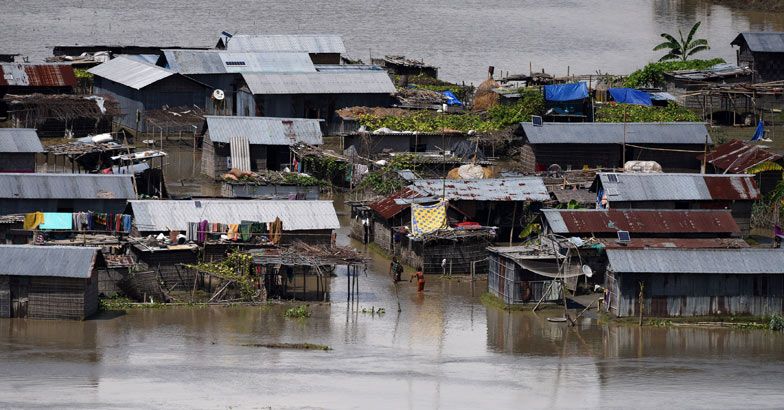 Devastating floods marooned different parts of South Asia, including India: Photo | Getty Images.
Devastating floods marooned different parts of South Asia, including India: Photo | Getty Images.Floods, droughts and electricity
In recent weeks, some parts of India and neighboring Bangladesh and Nepal have been hit by the worst monsoon floods in years, following two years of poor rainfall.
Modi has personally pushed through clearances for the first phase of the project - which would also generate thousands of megawatts of electricity - the sources say, despite opposition from environmentalists, tiger lovers and a former royal family.
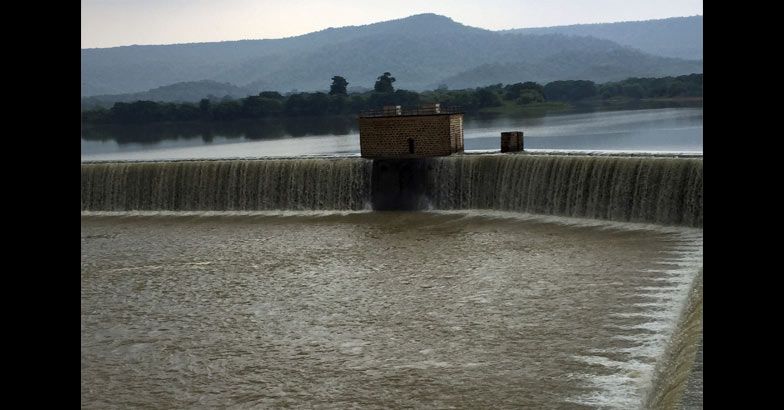 A view of Gangau dam in Daudhan village in the central state of Madhya Pradesh: Photo | Reuters.
A view of Gangau dam in Daudhan village in the central state of Madhya Pradesh: Photo | Reuters.Ken-Betwa to become prototype
That will involve construction of a dam on the Ken river, also known as the Karnavati, in north-central India and a 22-km (14-mile) canal connecting it to the shallow Betwa.
Both rivers flow through vast swathes of Uttar Pradesh and Madhya Pradesh states, ruled by Modi's Bharatiya Janata Party (BJP), and the prime minister hopes the Ken-Betwa scheme will set a template for other proposed river interlinking projects, one of the sources said.
"We have got clearances in record time, with the last round of clearances coming in only this year," Sanjeev Balyan, the junior water resources minister, told Reuters. "The Ken-Betwa interlinking tops the priority list of the government."
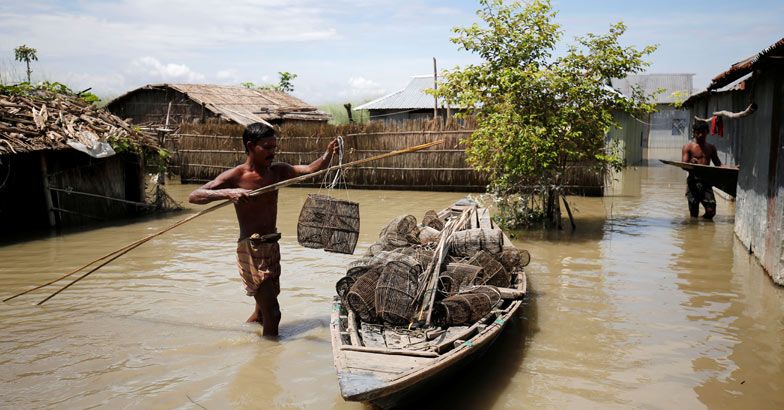 Surging rivers and incessant monsoons devastated Assam: Photo | Getty Images.
Surging rivers and incessant monsoons devastated Assam: Photo | Getty Images.Deep divide
Government officials say diverting water from bounteous rivers such as the Ganges, Godavari and Mahanadi to sparse waterways by building a clutch of dams and a network of canals is the only solution to floods and droughts.
But some experts say India would be better off investing in water conservation and better farm practices. Environmentalists and wildlife enthusiasts have also warned of ecological damage.
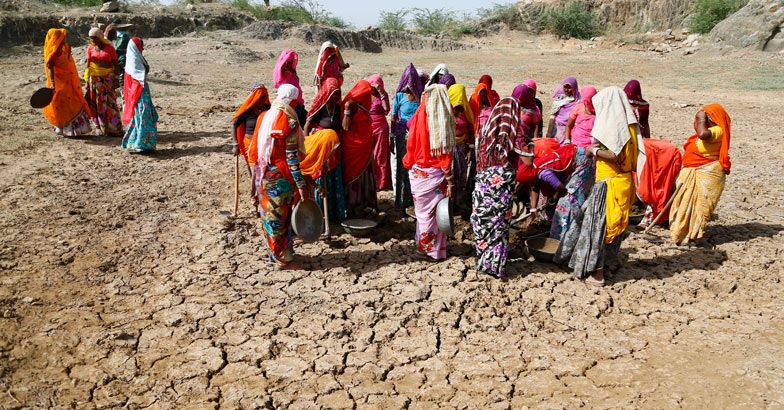 Droughts and floods devastate different parts of the country at the same time: Photo | Getty Images.
Droughts and floods devastate different parts of the country at the same time: Photo | Getty Images.BJP states first
The 425-km (265-mile) Ken flows through a tiger reserve nestled in a verdant valley. The government plans to clear out 6.5 percent of the forest reserve to build the dam, relocating nearly 2,000 families from 10 remote villages.
Around half a dozen clearances, including on environmental and forest protection, have been obtained for the scheme to link the Ken and Betwa, according to two sources and documents seen by Reuters.
Modi's cabinet is likely to give its final go-ahead for the project within a couple of weeks, sources say, after which he will flag off construction at the site about 805 km (500 miles) from New Delhi, currently marked only by rows of red concrete slabs placed on the ground.
The government is also finishing up paperwork on projects in western India linking the Par-Tapi with the Narmada and the Daman Ganga with the Pinjal. The projects involve Modi's home state of Gujarat and neighboring Maharashtra, which includes Mumbai, both also ruled by the BJP.
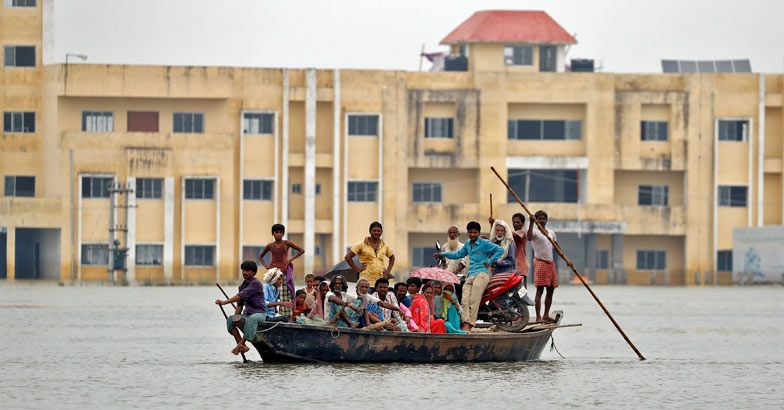 Bihar faced extensive damage in the recent rains: Photo | Getty Images.
Bihar faced extensive damage in the recent rains: Photo | Getty Images.The river-linking projects was first proposed in 2002 by the last BJP-led government. Work stalled because state governments sparred over water sharing contracts and clearances got stuck in India's notoriously ponderous bureaucracy.
This time, officials hope starting with projects that are all in BJP-ruled states will smooth negotiations.
Vast geography, unpredictable weather
Modi's government is touting the linking of rivers as a panacea to the floods and droughts that plague India every year, killing hundreds of poor people and withering crops.
Large areas of eastern and north-eastern India are reeling under floods in which hundreds have died, while torrential rain also brought the commercial capital Mumbai to a standstill this week. The southern state of Tamil Nadu, in contrast, recently rationed drinking water due to drought.
Not everyone is convinced the projects should be the priority, however.
Contentious priorities
 The project will inundate large swathes of forest: Photo | Getty Images.
The project will inundate large swathes of forest: Photo | Getty Images."Theoretically we can't find fault with the plan," said Ashok Gulati, a farm economist who has advised governments. "But spending billions of dollars in a country which wastes more water than it produces, it makes more sense to first focus on water conservation."
India, which has 18 percent of the world's population but only 4 percent of the usable water resources, perversely gives incentives to produce and export thirsty crops such as rice and sugar cane.
Tigers, vultures and canyons
The proposed 77-m high (250-ft), 2-km long dam on the Ken River will submerge 9,000 hectares of mostly forest land. A big portion will come from the Panna Tiger Reserve, near the UNESCO world heritage site of Khajuraho Temple in Madhya Pradesh.
The forest reserve, a major tourist attraction, is home to 30-35 tigers and nearly 500 vultures.
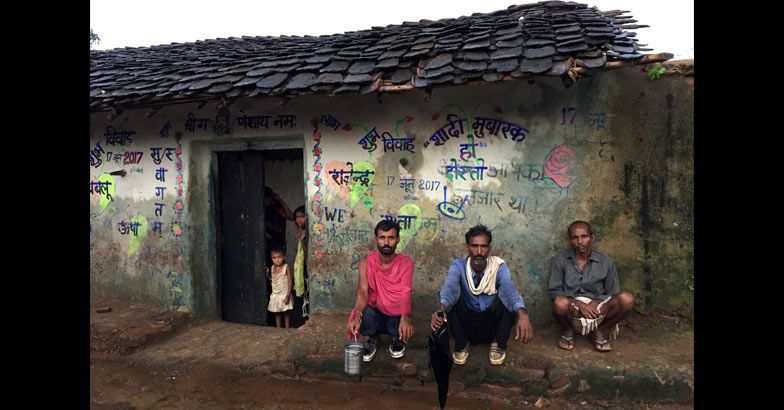 The project will displace several thousands of forest dwellers: Photo | Reuters.
The project will displace several thousands of forest dwellers: Photo | Reuters."Building a dam in a reserve forest is an invitation to a grave environmental disaster," said Shyamendra Singh, the scion of the Maharajas who ruled a princely state near Panna during the British colonial era. "It will lead to floods in the forest and drought in the downstream."
Authorities say they have planned for the safety of tigers and vultures. People in Daudhan village, not very far from the Gangau dam built by the British in 1915, are ambivalent. With no access to electricity and other basic services, they want more information on what they will get in return for being displaced.
"We never got to see electricity in our village," said village elder Munna Yadav, gesticulating towards the Ken flowing a few metres from his thatched cottage. "If our children get to move out of this area and if the dam benefits everyone, we'll not oppose it."
Read more at: Latest in Nation | UP teacher slaps class 3 student 40 times for not responding to roll call | Video

























 India to start work on the river interlinking in a month: Photo | Getty Images.
India to start work on the river interlinking in a month: Photo | Getty Images.